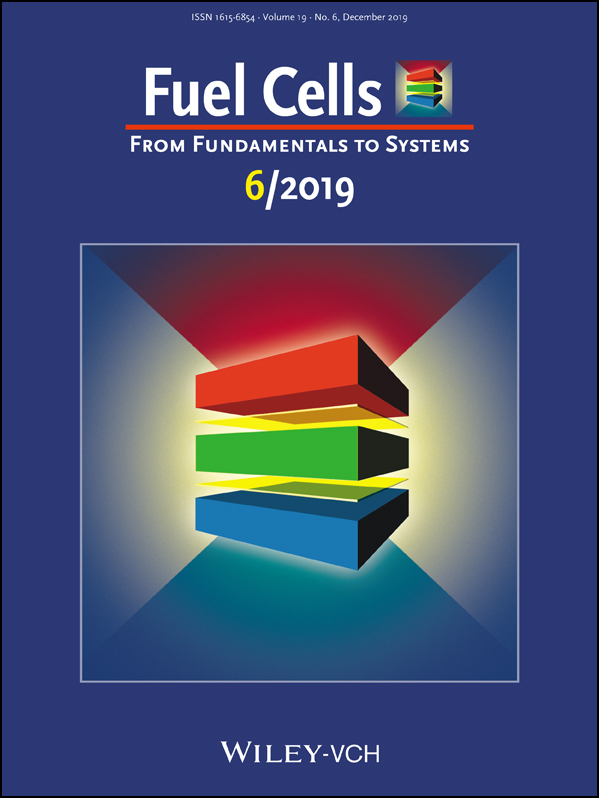Morphology-Controllable Synthesis and Growth Mechanism of 3D-Hierarchical Pd/SnO2/Ni Foam (NF) as the Cathode for Al-H2O2 Semi-Fuel Cell
Abstract
A hierarchical 3D composite cathode (Pd/SnO2/NF) was designed and synthesized via electrode positing Pd nanoparticles on the nanoarrays consisting of SnO2 nanorods grown upright on the surface of Ni foam (NF). The influence of the adding rate of alcohol and the standing time of precursor on the morphology of SnO2 nanostructures was investigated. The growth mechanism of SnO2 nanorods was investigated and the influences of the morphology of SnO2 nanomaterials on the size and electrochemical properties of Pd catalysts were also discussed. The morphology of SnO2 nanomaterials changes from nanoclusters to nanorods, and both the diameters of the nanorods and Pd nanospheres decrease gradually with decreasing the adding rate of alcohol and prolonging the standing time of precursor. When the adding rate of alcohol is 0.022 mL s−1 and standing precursor for 15 min, the SnO2 nanorods with a rutile structure are vertically grown on the surface of Ni foam apart, and Pd nanospheres are electrodeposited on the top of SnO2 nanorods. The formation of hierarchical 3D structure is benefitting for fully exposing the active site of the Pd catalyst and increasing the specific surface area of the electrode, further improving the performance of the Al-H2O2 semi-fuel cell.




